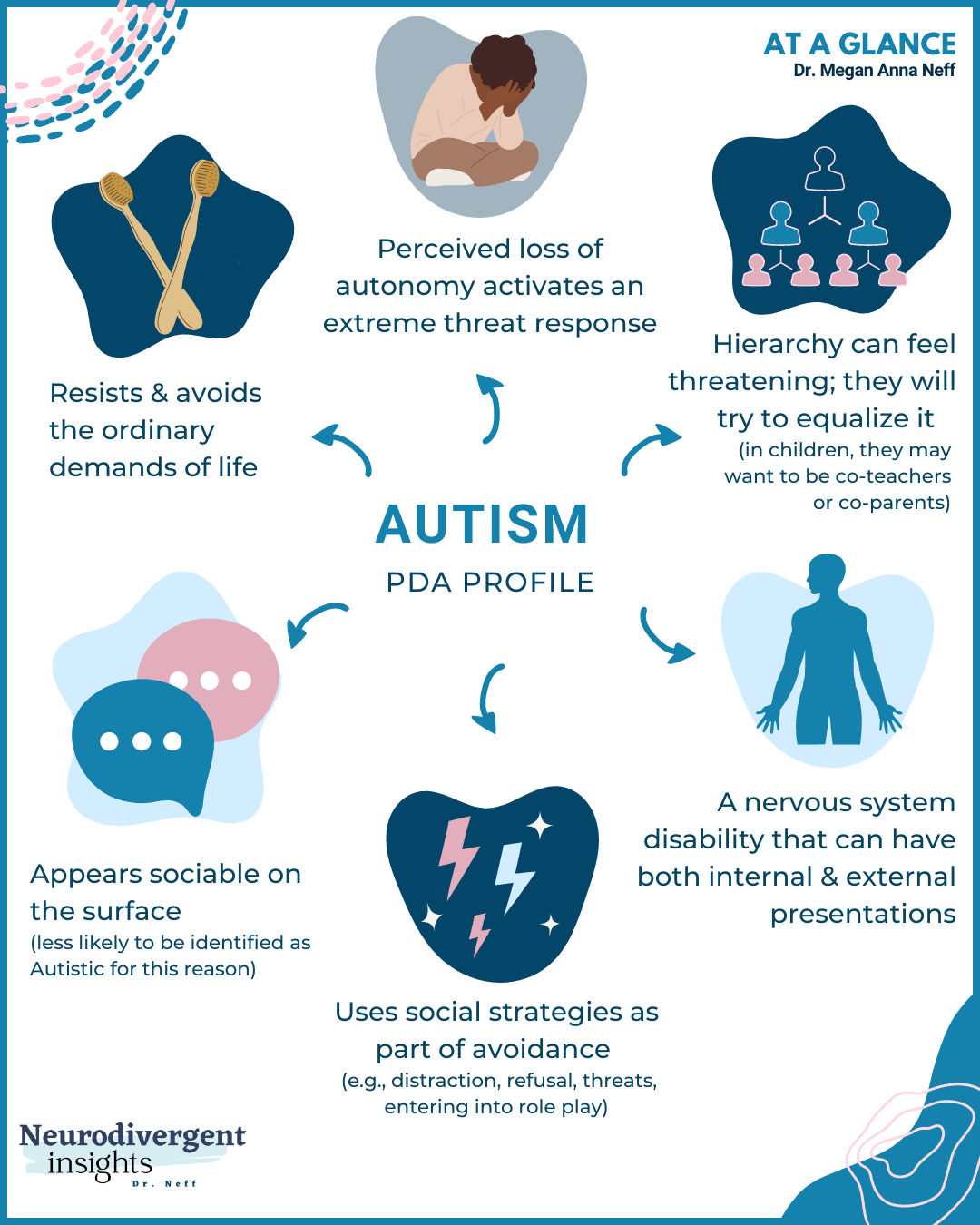How to Communicate Efficiently with Loved Ones on the Autism Spectrum
How to Communicate Efficiently with Loved Ones on the Autism Spectrum
Blog Article
Discovering Autism: Techniques for Effective Interaction and Interaction
Efficient interaction and interaction with individuals on the autism range necessitate a thorough understanding of their unique needs and preferences. The details of these methods expose further factors to consider that merit exploration, particularly in just how they can be adjusted to private experiences and diverse contexts.
Understanding Autism Range Condition
Autism Spectrum Problem (ASD) incorporates a range of neurodevelopmental problems identified by obstacles in social interaction, interaction, and recurring actions. The term "range" shows the varied indications and varying degrees of seriousness experienced by individuals with ASD. While some might exhibit considerable problems, others might present high-functioning traits, allowing for better freedom in life.
The start of ASD usually occurs in early childhood years, with indications typically recognizable by age 2. Very early signs may include delayed speech advancement, restricted eye contact, and difficulties in understanding social signs. The precise etiology of ASD stays vague, research suggests a mix of environmental and hereditary aspects plays a vital function in its growth.
As a result, interventions and assistance tailored to specific demands are vital for fostering interaction and social abilities. Acknowledging the intricacy of ASD is crucial for promoting recognition, acceptance, and reliable methods that assist in meaningful communications with people on the range.

Relevance of Clear Interaction
Efficient communication is crucial for promoting understanding and link, particularly for people with Autism Range Problem (ASD) Clear communication not only assists in social interactions however also improves the individual's capacity to express their ideas, demands, and feelings. For individuals with ASD, the subtleties of language can usually be testing; therefore, making use of straightforward and unambiguous language is vital.
Furthermore, clear interaction assists lower disappointment and anxiety that might arise from misunderstandings. When messages are shared in a constant and straight way, individuals with ASD are better outfitted to translate information properly, which can significantly boost their social engagement and engagement in different setups.
Developing regimens and using aesthetic assistances can even more strengthen clear interaction. These approaches give people with predictable frameworks that assist understanding and retention of details. Furthermore, actively listening and being patient throughout communications advertises a supportive environment where individuals with ASD feel valued and comprehended.
Ultimately, focusing on clear communication not only equips people with ASD however also cultivates more meaningful connections with their peers, caretakers, and the bigger area, paving the means for collaborative relationships and comprehensive communications. - autism
Non-Verbal Communication Strategies
Communication prolongs past words, and for people with Autism Spectrum Condition (ASD), non-verbal hints play a considerable function in interactions. Non-verbal interaction methods can include faces, gestures, body movement, and eye contact, every one of which function as vital elements for sharing feelings and intents.
Comprehending and translating these non-verbal signals can improve interactions with individuals with ASD. A cozy smile or open posture can create an inviting ambience, motivating engagement. Similarly, utilizing aesthetic help-- such as photo cards or signs-- can bridge interaction gaps and aid convey messages better.
It is also important to be conscious of individual area, as people with ASD might have various comfort levels pertaining to distance. Observing their responses to physical nearness can notify ideal changes.

Producing Helpful Atmospheres
Producing an encouraging environment is important for fostering positive interactions and boosting the well-being of individuals with Autism Spectrum Problem (ASD) Such settings can significantly reduce anxiousness and create a feeling of security, allowing people to reveal themselves more openly.
To achieve this, it is vital to take into consideration sensory sensitivities that people with ASD might experience. Customizing the physical space to consist of soft lighting, very little history noise, and comfy seating can develop a soothing environment. Additionally, making use of consistent regimens and clear aesthetic schedules can aid people expect changes and reduce unpredictability, more promoting convenience.
Social rooms ought to be structured to decrease overwhelming stimulations while providing chances for involvement in preferred activities. Facilitating areas assigned for quiet time can likewise work as a refuge during moments of stress and anxiety. Importantly, integrating aspects of choice equips people, permitting them to work out agency in their atmosphere.

Motivating Social Interactions
Cultivating social interactions amongst individuals with Autism Spectrum Problem (ASD) requires willful strategies that focus on comfort and interaction. Developing predictable regimens can help decrease anxiousness, making social settings a lot more friendly. Producing organized environments with defined obligations and duties allows individuals to engage without the frustrating stress of unstructured social dynamics.
Including interests and staminas right into social tasks can serve as a driver for communication. For instance, organizing team tasks around shared leisure activities or subjects of fascination can help with all-natural discussions try this web-site and links. In addition, making use of visual supports, such as social scripts or pictorial routines, can assist in recognizing social cues and expectations.
Modeling appropriate social behaviors is critical - autism. Adults and peers should demonstrate effective communication techniques, consisting of energetic listening and turn-taking. Role-playing circumstances can additionally provide a safe space for people to exercise these abilities
Last but not least, cultivating peer partnerships with inclusive methods is necessary. Urging comprehensive playdates or group outings can create possibilities for socializing in a comfy setup. By applying these instructors, methods and caregivers can dramatically boost social interactions for individuals with ASD, promoting their overall social growth and wellness.
Conclusion
In verdict, effective communication and communication methods are essential for supporting people with Autism Range Condition. Inevitably, these strategies empower individuals with autism to navigate click here for more info social landscapes, advertising their total health and making it possible for the development of long lasting partnerships.
Reliable interaction and communication with people on the autism range require a detailed understanding of their one-of-a-kind demands and choices. Clear interaction not just promotes social communications yet additionally boosts the person's capability to reveal their ideas, emotions, and needs.Promoting social communications amongst individuals with Autism Spectrum Disorder (ASD) requires intentional techniques that prioritize comfort and involvement. By applying these caregivers, techniques and educators can significantly boost social communications for individuals with ASD, advertising their general social development and health.
In final thought, effective interaction and interaction methods are vital for supporting people with Autism Spectrum Problem.
Report this page